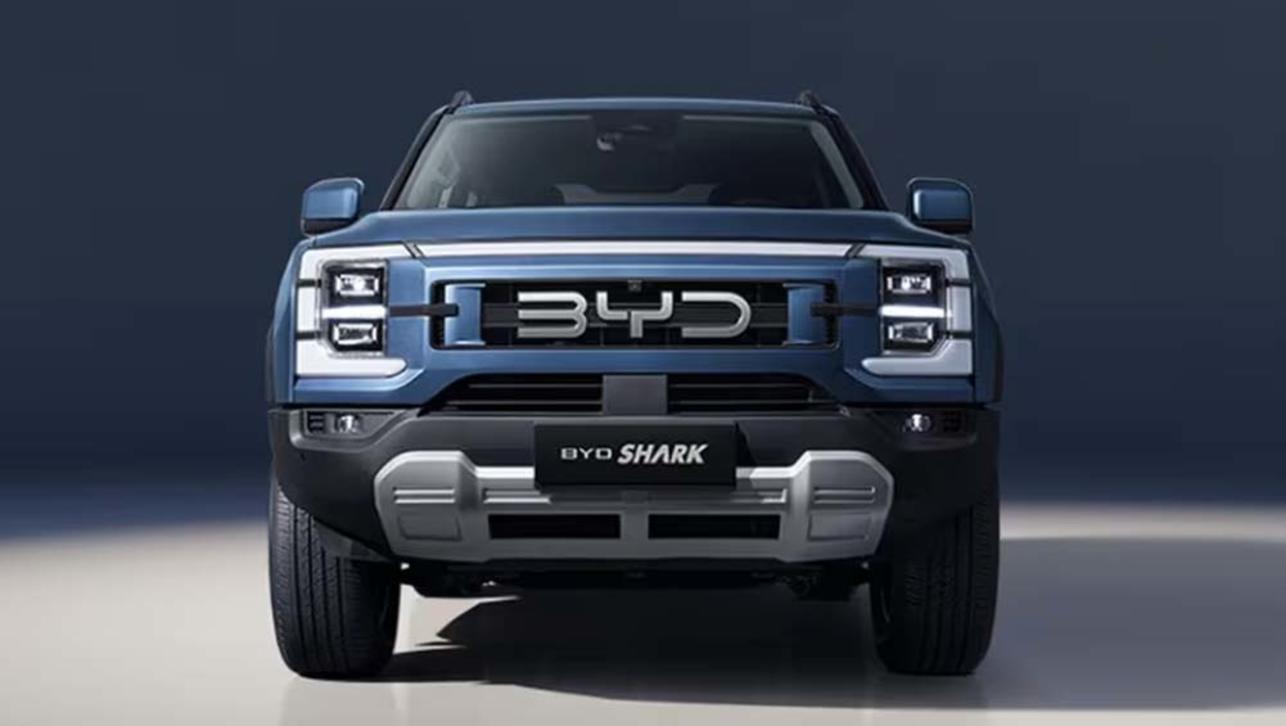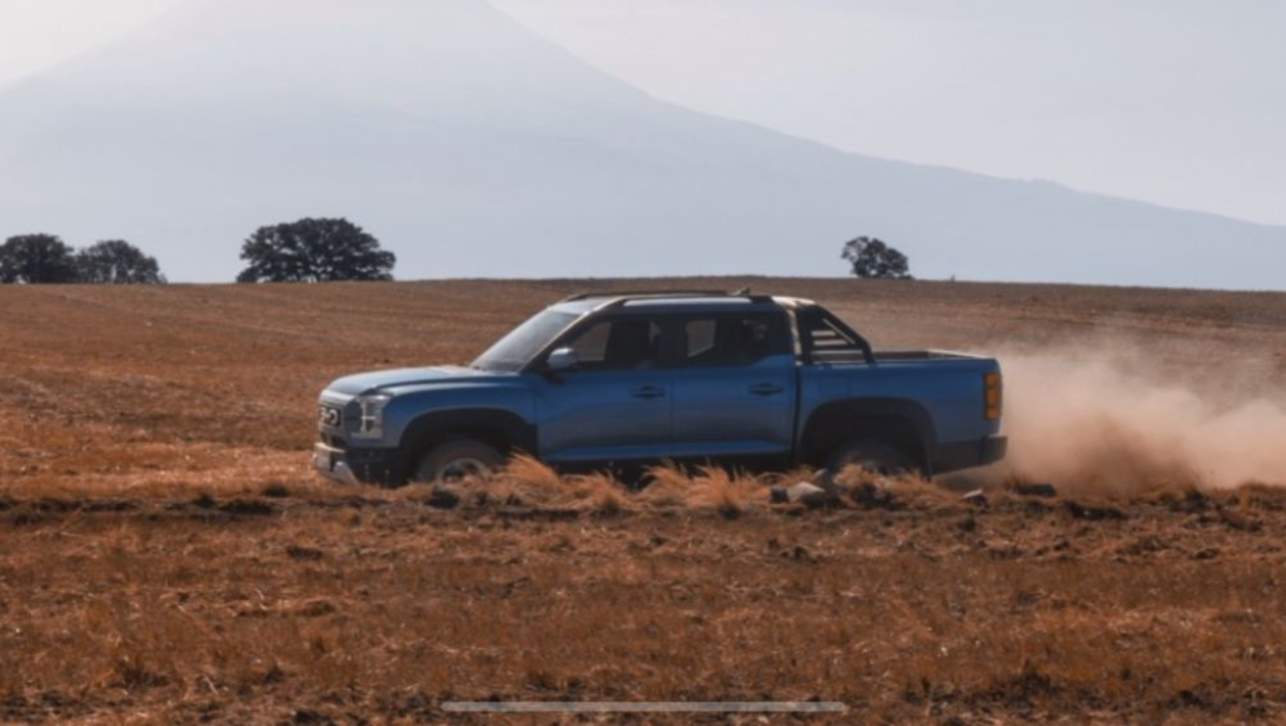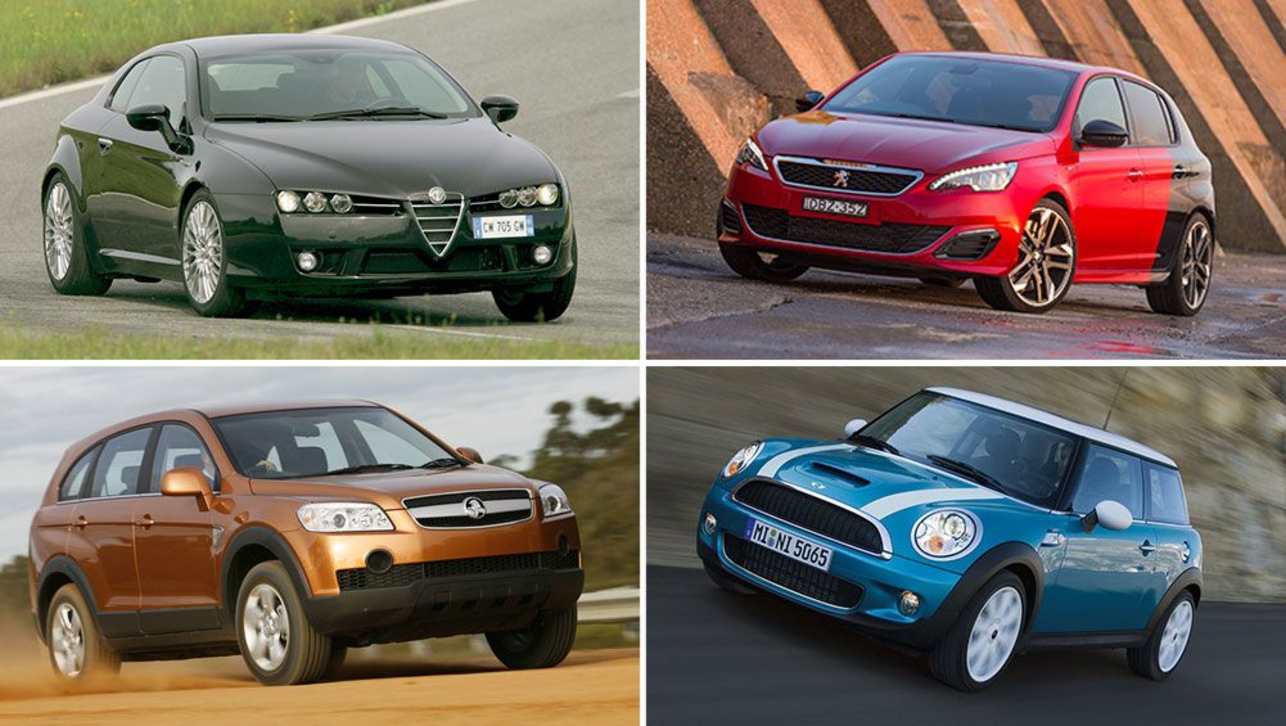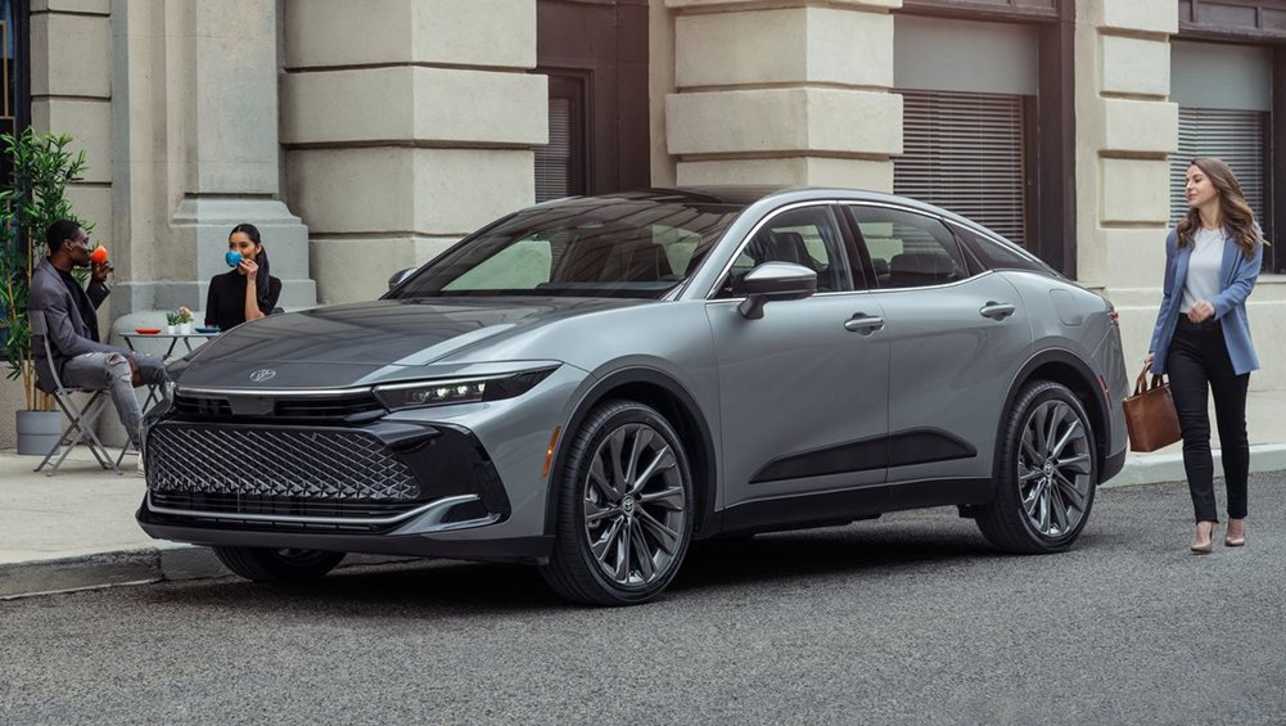When looking at the demise of Australia’s domestic manufacturers, it’s easy to point to the decline of the sedan as a family car, and more specifically the Commodore as the reason for Holden’s decline and eventual shutdown.
While it’s true reception was lukewarm to the rebadged Opel Insignia we received as the final ZB Commodore, I’d argue the Captiva SUV was the true turning point in the minds of mainstream consumers for the brand. That is, long before the Commodore reached the end of its run, and also General Motors' subsequent announcement to withdraw from right hand drive markets across the globe.
Yep, I think the Captiva was ultimately the canary in the coal mine for the lion brand, perhaps not causing, but definitely accelerating its demise. It’s ironic, because it was a strategic car in the right segment at the right time, and it also sold well, which meant its net negative impact was far greater than also-rans like the the Daewoo-based Barina, Viva, Epica and the eventual Chevrolet-based Malibu.
Like these, the Captiva was bad, but more buyers experienced its shortcomings.
The Captiva sold well from its launch date in 2006 because it was cheap, had a broad range of variants, which eventually included seven seats and the option of diesel. At launch, the Captiva range wore MSRPs between $35,990 and $42,990.
Most importantly, it had a lion badge and bigger-than-most V6 petrol engine, and most buyers weren’t the wiser that it was built in South Korea by an at-the-time ailing Daewoo.
In comparison, its domestic nemesis, the Falcon-based Territory, which was designed and built in Australia, cost significantly more, ranging from $39,490 to a whopping $56,320 in 2006.
Considering the significant cost difference, consumers evidently didn’t mind the fact that the Captiva felt old when it was new, had downright ordinary ergonomics and awful interior plastics, less-than-impressive fuel consumption for petrol variants, an easily confused transmission, and frumpy driving dynamics.
.jpg)
Don’t believe me? Check out our Captiva used review (which wears one of the lowest scores on the entire CarsGuide site), and that’s before you get to this SUV’s reliability record, which is quite something.
The list of issues is so long, it makes our Captiva problems page easily amongst the most comprehensive on the site, and it doesn't make for light reading.
Problems owners have experienced include (but are not limited to): diesel particulate filters becoming clogged, timing belts (and even chains on petrol models) wearing out, bearing failures in rocker arms, engines running rough, dud oxygen sensors, dud engine control units, faulty connections in the wiring harness, difficulty during wheel alignments, a failure of the steering shaft (!), sudden loss of power, and transmission failures.
To be fair, some of the more glaring issues on that list were subject to recalls during the Captiva’s lifecycle but remain alarming caveats for used buyers to this day.
Now I know you might be thinking, 'So? The Captiva was a bit of a dud. Most automakers have them'. Even Ford went off-the-rails a bit during the Captiva era with its disastrous ‘Powershift’ dual-clutch automatics which appeared in similar key models, like the Kuga mid-size SUV.
Not as many people bought Kugas, though, and most Captiva owners would be watching their neighbours enjoying a comparatively issue-free Territory or Japanese equivalent with envy as the years went on.
.jpg)
By the time the Captiva had completed its 12-year run, it had left a bad taste in the mouth of its collective buyers. Holden shifted to SUV at the right time, but had chosen a quick and easy solution which ultimately burned the better part of its mainstream customer base.
As 2019 came around, you could easily ask what reason a Captiva buyer would have to trust an Equinox or Acadia on which Holden was still pinning its future hopes, just as much as you could have asked what kind of Commodore fan would be willing to shift to the Insignia-based ZB.
While GM waxed lyrical about its intent to stay in the market and put teams of engineers and marketing gurus to work trying to sell a new range of SUVs sourced from far and wide in the brand’s global model mix, the poison had been put in the well long ago.
More than a decade and tens of thousands of flawed but popular mainstream SUVs are bound to have had a bigger impact on the shine of the Holden badge than the infamous Camira that ended production more than three decades ago, or the notorious four-cylinder Starfire Commodore that only lasted a few years, nearly four decades ago.
.jpg)
You could argue Ford has hardly done much better with its relatively slow-selling range of Euro-sourced SUVs in the form of the Puma, Escape or now-defunct US-sourced Endura, and that’s partially true. But buyers of the Territory that preceded them weren’t quite burned like Captiva buyers were for over a decade, and they could happily move into the well-received Ranger, Everest or even Mustang instead.
The writing was on the wall long before the Captiva burned buyers, even during the ‘90s or early ‘00s when Australian manufacturers were busy doubling down on big sedan platforms as the world prepared to shift to smaller cars and SUVs. But looking at the bigger picture, GM's share in right-hand-drive markets was also shrinking at the time and therefore threatening Holden's existence long before.
Either way, the ending would have been the same for Holden, as with or without the Captiva showing contempt for its customers, General Motors was set on pulling out of most of its global interests to focus on its more successful core operation in the Americas.
The question is how long the brand could have continued for. Would we have seen the Colorado facelift if the Equinox had been more successful? Would GM have taken a chance converting more US-market models to right-hand drive had its base not been turned-off the Acadia by over a decade of dud SUVs? We'll probably have to wait for some tell-all memoir to find out.





.jpg)


.jpg)


.jpg)
.jpg)

.jpg)
.jpg)



.jpg)
.jpg)
.jpg)
.jpg)








Comments